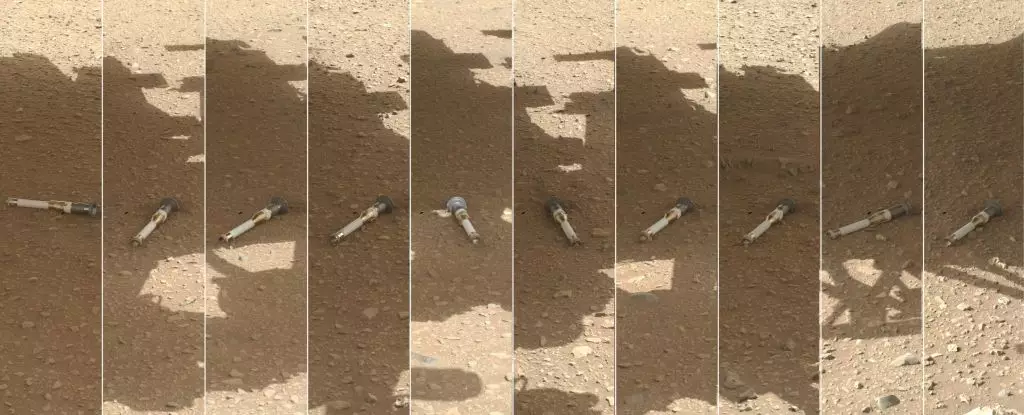On January 7, 2024, NASA is expected to provide significant updates regarding the future of the Mars Sample Return mission, a project initiated in response to the monumental findings expected from the Perseverance rover, which landed on the Martian surface in February 2021. NASA Administrator Bill Nelson and Associate Administrator Nicky Fox will lead the discussion, shedding light on how the agency plans to navigate the challenges ahead while maintaining its commitment to returning Martian samples to Earth. This briefing has been anticipated within both the scientific community and among space enthusiasts, as it signifies not only the fate of the samples but also the broader direction of NASA’s ambitions in Martian exploration.
The Mars Sample Return mission encapsulates a critical chapter in human space exploration—it aims to answer fundamental questions regarding our planetary neighbor, Mars. Dust, rocks, and other geological specimens collected by Perseverance are intended to provide insights into the planet’s past climates, potential for life, and overall geologic history. These samples, currently secured in canisters on the Martian surface, are meant to be delivered to Earth through a collaborative mission between NASA and the European Space Agency (ESA).
However, the intricacies of this mission extend beyond mere scientific inquiry; they touch upon budgetary constraints, technological complexities, and international collaboration. As we await updates from this January briefing, the emphasis will likely be placed not only on the status of the mission itself but also on its scientific ramifications and the logistical hurdles it must overcome.
The Mars Sample Return mission has encountered significant difficulties since its inception, including a troubling independent review that criticized the program’s project management. This assessment highlighted unrealistic budget forecasts, a convoluted organizational structure, and ineffective leadership. Such concerns prompted Congressional appropriations committees to recommend a substantial budget cut for NASA in 2024, specifically targeting the Mars Sample Return program. Consequently, NASA took drastic measures, including layoffs of staff and contractors, raising fears that the mission could be abandoned altogether.
Despite these setbacks, NASA seemed to have reassured stakeholders in April 2024, when Nelson and Fox announced that the mission was still actively pursuing a path forward. The aim is clear: to reduce costs while advancing the timeline for bringing Martian samples to Earth, which had initially been projected for 2040.
In October 2024, NASA disclosed the formation of a new team tasked with evaluating the future of the Mars Sample Return mission. This initiative illustrates the agency’s commitment to addressing previous concerns and re-calibrating project management strategies. The expectations surrounding this team are high, as their report is anticipated to offer clarity and direction for this critical mission within the broader context of planetary science.
Moreover, NASA’s approach includes learning from past experiences, indicating a necessity for meticulous planning akin to running other large-scale missions. This strategic pivot aims to not only enhance the feasibility of the Mars Sample Return project but also ensure that it delivers groundbreaking scientific discoveries.
As we remain hopeful for the advancements that NASA will unveil, it’s crucial to recognize the potential implications of the Mars Sample Return mission. The samples obtained could significantly deepen our comprehension of Mars’ history and its parallels with Earth, including the conditions necessary for life. By ultimately bringing back these Martian specimens, scientists may unlock secrets about the solar system’s evolution and the very origins of life.
Ultimately, the future of the Mars Sample Return mission is tightly interwoven with technological innovations, budgetary realities, and the dedication of personnel involved. While we cautiously await NASA’s upcoming announcements, one thing remains clear: the mission embodies a crucial step forward in our quest to explore, understand, and appreciate not only Mars but the intricate tapestry of the cosmos. As they refine their plans and strive to mitigate uncertainties, the excitement and hope surrounding this ambitious endeavor continue to resonate.


Leave a Reply